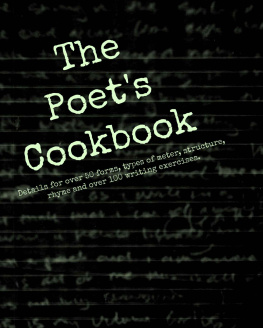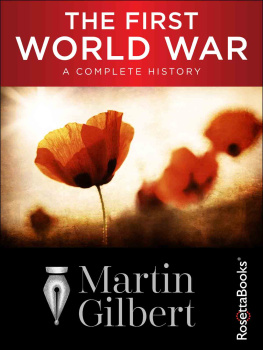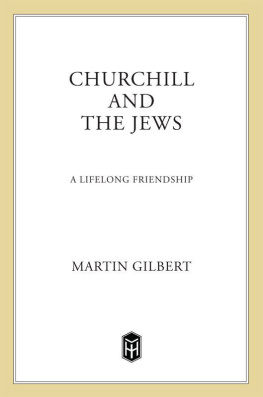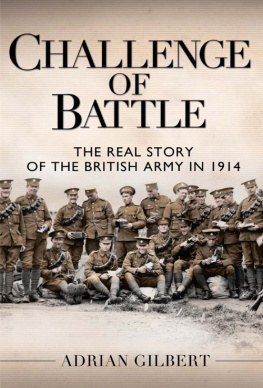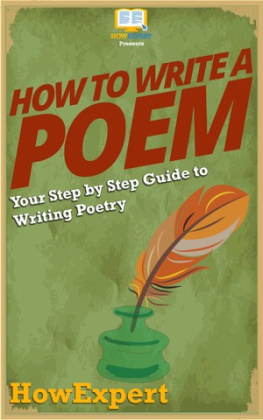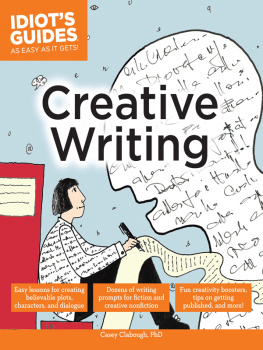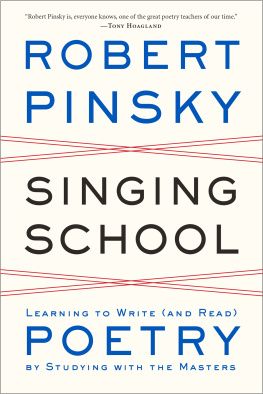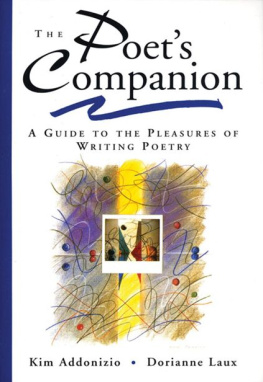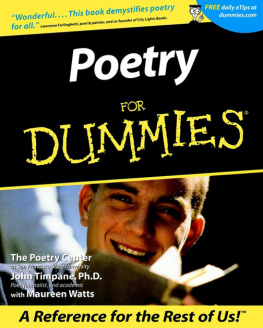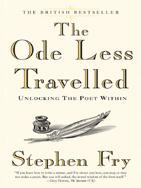Gilbert - The Poets Cookbook: Details for over 50 forms, types of meter, structure, rhyme and over 100 writing exercises.
Here you can read online Gilbert - The Poets Cookbook: Details for over 50 forms, types of meter, structure, rhyme and over 100 writing exercises. full text of the book (entire story) in english for free. Download pdf and epub, get meaning, cover and reviews about this ebook. year: 2015, publisher: Hewson Books, genre: Romance novel. Description of the work, (preface) as well as reviews are available. Best literature library LitArk.com created for fans of good reading and offers a wide selection of genres:
Romance novel
Science fiction
Adventure
Detective
Science
History
Home and family
Prose
Art
Politics
Computer
Non-fiction
Religion
Business
Children
Humor
Choose a favorite category and find really read worthwhile books. Enjoy immersion in the world of imagination, feel the emotions of the characters or learn something new for yourself, make an fascinating discovery.
- Book:The Poets Cookbook: Details for over 50 forms, types of meter, structure, rhyme and over 100 writing exercises.
- Author:
- Publisher:Hewson Books
- Genre:
- Year:2015
- Rating:4 / 5
- Favourites:Add to favourites
- Your mark:
The Poets Cookbook: Details for over 50 forms, types of meter, structure, rhyme and over 100 writing exercises.: summary, description and annotation
We offer to read an annotation, description, summary or preface (depends on what the author of the book "The Poets Cookbook: Details for over 50 forms, types of meter, structure, rhyme and over 100 writing exercises." wrote himself). If you haven't found the necessary information about the book — write in the comments, we will try to find it.
Im not into rules. I like experimenting and exploring ideas and the pursuit of creativity. However, I do also think that we can learn from some of the rules, conventions and mechanics of different types of poetry no matter how much we think we know.
Whether you are new to writing or whether you are a more experienced hand, I hope that there is something for everyone in this book, that it will be challenging and will help you to grow in your craft.
Gilbert: author's other books
Who wrote The Poets Cookbook: Details for over 50 forms, types of meter, structure, rhyme and over 100 writing exercises.? Find out the surname, the name of the author of the book and a list of all author's works by series.

